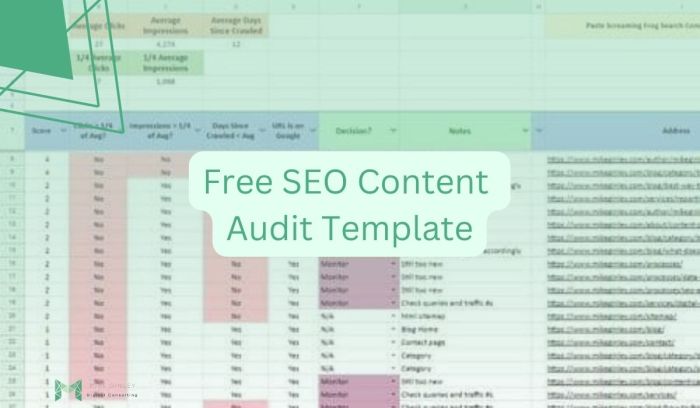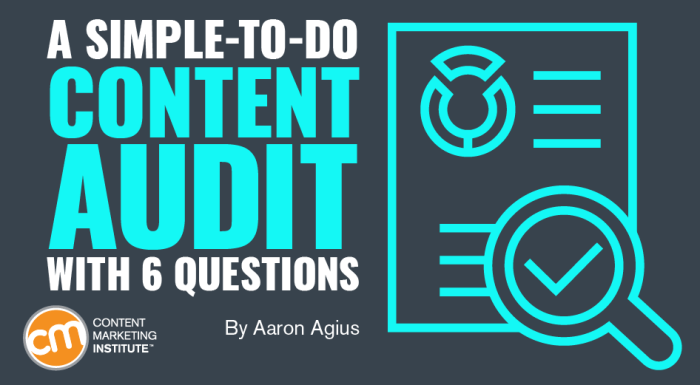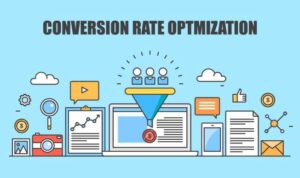SEO Content Audit – Content Audit sets the stage for this enthralling narrative, offering readers a glimpse into a story that is rich in detail with american high school hip style and brimming with originality from the outset.
Embark on a journey through the world of content audits, where every click and holds the key to unlocking digital success. Explore the depths of website optimization with a touch of flair and finesse, as we delve into the intricacies of content analysis and strategy.
Overview of Content Audit
Yo, listen up! So, an content audit is basically like taking a deep dive into all the content on your website to see what’s poppin’ and what needs some TLC. It’s all about checking if your content is hitting the right notes with the search engines and your audience.
Now, why should you bother with these audits on the reg? Lemme break it down for ya. Regular content audits are key to keepin’ your site in tip-top shape. They help you spot any issues, identify areas for improvement, and make sure your content is workin’ hard to boost your rankings.
And let me tell you, the benefits of a well-executed content audit are no joke! You can uncover hidden gems that are ready to shine, fix up any underperforming content, and overall level up your game. It’s like givin’ your website a fresh new coat of digital paint!
Setting Objectives for Content Audit
When embarking on an content audit, it is crucial to establish clear objectives to guide the process effectively. Setting objectives helps in focusing the audit efforts, ensuring that the desired outcomes are achieved in a structured manner.
Importance of Setting Clear Objectives, SEO Content Audit
Setting clear objectives for an content audit is essential for several reasons. Firstly, it helps in defining the scope of the audit, outlining what aspects of the content will be evaluated and improved. Secondly, it provides a roadmap for the audit process, guiding the team on what needs to be prioritized and addressed. Lastly, clear objectives help in measuring the success of the audit, allowing for the evaluation of whether the desired outcomes have been met.
- Identify and eliminate duplicate content to improve search engine rankings.
- Optimize meta tags and headings for better visibility in search results.
- Improve internal linking structure to enhance website navigation and user experience.
- Enhance optimization to target relevant search queries and attract the right audience.
Tools for Conducting Content Audit: SEO Content Audit

When it comes to conducting an content audit, having the right tools can make all the difference. These tools are designed to help you analyze your website’s content, identify areas for improvement, and track your progress over time. Let’s take a look at some popular tools used for performing content audits and how they can streamline the audit process.
Popular Tools for Content Audit
- Screaming Frog: This tool is a favorite among professionals for its ability to crawl websites and analyze key elements like metadata, headings, and images. It provides detailed insights into on-page and can help you identify issues that may be holding your site back.
- Semrush: Semrush is an all-in-one tool that offers features for research, backlink analysis, and site audits. With its content audit tool, you can easily identify duplicate content, missing meta tags, and other issues that could impact your site’s performance.
- Ahrefs: Ahrefs is known for its comprehensive backlink analysis, but it also offers a content audit feature that can help you improve your on-page . You can track changes in your content over time, identify top-performing pages, and find opportunities for optimization.
Comparison of Tools
| Tool | Key Features | Functionality |
|---|---|---|
| Screaming Frog | Website crawling, on-page analysis | Detailed insights into content issues |
| Semrush | research, backlink analysis, content audit | Comprehensive analysis in one platform |
| Ahrefs | Backlink analysis, content audit, tracking | Identify content opportunities and track performance |
Streamlining the Audit Process
- These tools offer automation features that can save you time and effort when conducting an audit.
- By providing detailed insights and recommendations, these tools can help you prioritize tasks and focus on areas that will have the biggest impact on your performance.
- Regularly using these tools for audits can help you track your progress, identify trends, and make data-driven decisions to improve your website’s visibility and ranking.
Steps to Perform an Content Audit
Performing an content audit is crucial for ensuring that your website ranks well in search engine results and attracts the right audience. Here is a step-by-step guide on how to conduct an effective content audit.
Evaluating Content Quality
- Review the overall readability and relevance of your content to your target audience.
- Check for grammatical errors, typos, and broken links that may affect user experience.
- Assess the accuracy and credibility of the information presented in your content.
Evaluating Content Relevance
- Analyze s and search terms used in your content to ensure alignment with your strategy.
- Determine if the content addresses the needs and interests of your target audience effectively.
- Check if the content is up-to-date and provides valuable information to users.
Evaluating Content Performance
- Utilize tools like Google Analytics to track key metrics such as organic traffic, bounce rate, and conversion rates.
- Identify high-performing and low-performing pages to understand what is working well and what needs improvement.
- Consider user engagement metrics such as time on page and social shares to gauge content performance.
Prioritizing Action Items
- Focus on addressing critical issues first, such as fixing broken links or improving readability.
- Prioritize content updates based on the impact they can have on your performance and user engagement.
- Create a timeline for implementing changes and monitor the results of your content optimization efforts.
Analyzing Metrics

When it comes to conducting an content audit, analyzing key metrics is crucial for understanding the performance of your content and making informed decisions to improve your strategies.
Key Metrics to Analyze
- Organic Traffic: This metric measures the number of visitors who land on your website through organic search results. Analyzing organic traffic can help you understand the effectiveness of your efforts in driving traffic to your site.
- Bounce Rate: The bounce rate indicates the percentage of visitors who navigate away from your site after viewing only one page. A high bounce rate may suggest that your content is not engaging or relevant to visitors.
- Conversion Rates: Conversion rates measure the percentage of visitors who take a desired action on your website, such as making a purchase or signing up for a newsletter. Analyzing conversion rates can help you determine the effectiveness of your content in driving conversions.
Impact of Metrics on Content Performance
- Organic traffic is a key indicator of how well your content is performing in search engine results. By analyzing organic traffic, you can identify which content is driving the most traffic to your site and optimize accordingly.
- A high bounce rate can indicate that your content is not meeting the expectations of visitors or is not relevant to their search queries. By lowering the bounce rate, you can improve the user experience and keep visitors engaged on your site.
- Conversion rates directly reflect the effectiveness of your content in persuading visitors to take a desired action. By analyzing conversion rates, you can identify areas for improvement and optimize your content to increase conversions.
Interpreting and Using Metrics
- Use organic traffic data to identify high-performing content and s, and optimize underperforming content to drive more traffic to your site.
- Analyze bounce rate to improve content engagement by enhancing the relevance and quality of your content to reduce bounce rates and keep visitors on your site longer.
- Utilize conversion rate data to optimize your content for conversions by testing different calls to action, improving landing page design, and creating compelling content that encourages visitors to take action.





